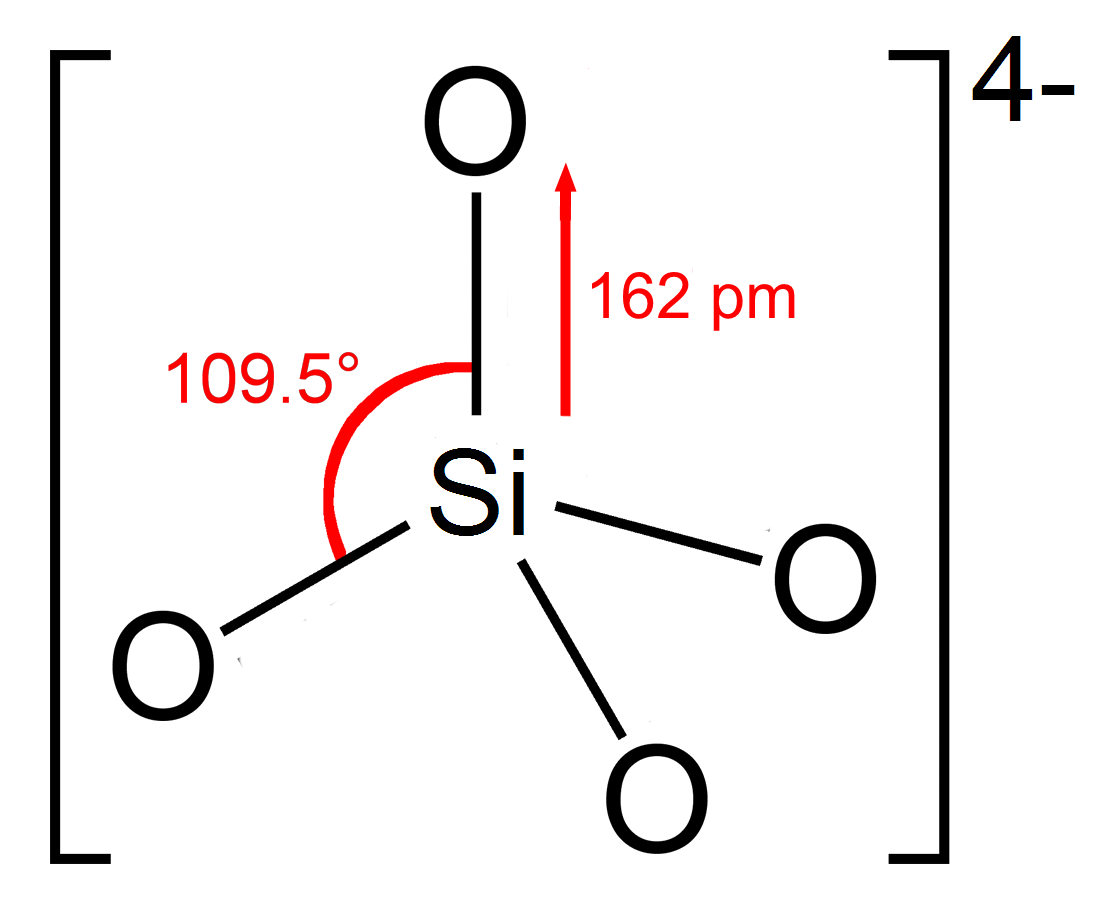Thank youI think you have the biodiversity that wold cycle all that silica into biomass of your tank inhabitants.
You have an amazing system Lasse.
I think newer systems with dead rock and new sand just have “issues” for a while. I know mine is having them.
Yes - it is IME a new tank syndrome. But the normal explanation to this have always been that a new tank have Si in it and because diatoms consume silica - they will grow till the silica is depleted and the problem is gone. People spend hundred of dollar in order to have a silica free water into the tank. With the new ICP technique - it easily shown that silica is not consumed down to zero in normal tanks - instead a concentration between 100 and 200 µg is common - if there is some in the RO water or not is not important comparing with how much the limestone rocks leak.
But what is the reasons why diatoms is a new tank syndrome? IMO - of two total different reasons. New tanks are very low in phosphate. Diatoms are specialised to use very, very low concentrations of phosphate - much lower than other organisms. They will grow in nearly zero µg PO4. The second reason is that people are afraid to load their tanks with CUC before they see anything that grow. This is - IMO - a fundamental mistake - there is food even if your eyes do not see it and if the biomass of algae is low - the CUC will be able to eat the daily production and keep the biomass of algae under control. If you wait until you can see your algae - when you are much, much to late.
Sincerely Lasse

















